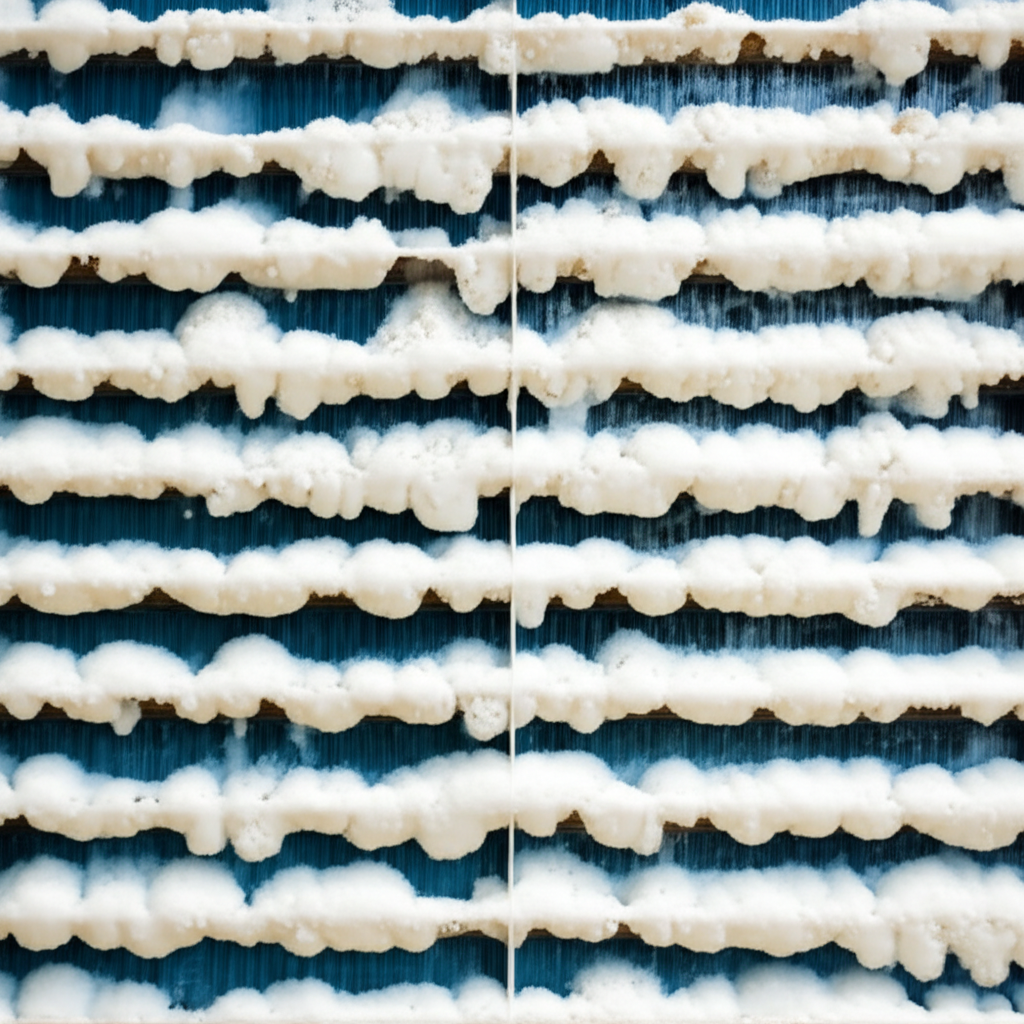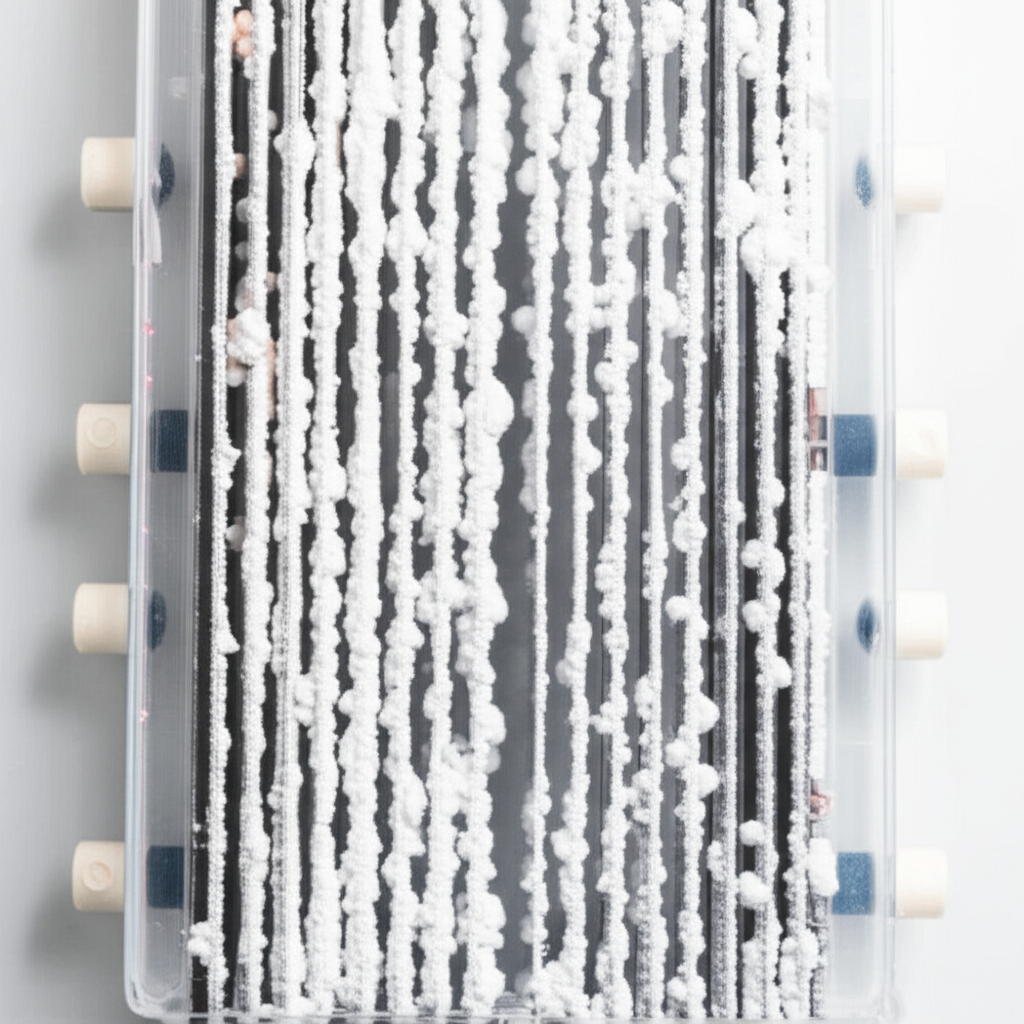- Understanding Salt Cell Scaling and Calcium Deposits
- The True Cost of Unaddressed Salt Cell Scaling
- Key Factors Behind Calcium Deposits
- Proactive Prevention: Stopping Salt Cell Scaling Before It Starts
- Addressing Existing Calcium Deposits
Salt Cell Scaling is a pervasive and often costly issue for owners of saltwater pools, threatening the efficiency and longevity of one of a pool’s most vital components. At its core, this problem involves the buildup of mineral deposits, primarily hard, chalky Calcium Deposits, on the titanium plates within your pool’s salt chlorinator cell. These deposits not only impede the cell’s ability to generate chlorine effectively but can also lead to significant operational inefficiencies and expensive replacement costs if left unaddressed. Understanding the causes and implementing preventative measures is crucial for maintaining a healthy pool and avoiding unnecessary expenses.
Understanding Salt Cell Scaling and Calcium Deposits
A salt chlorinator works by passing saltwater over a series of electrically charged titanium plates (the cell) to convert sodium chloride (pool salt) into hypochlorous acid (chlorine). This process, called electrolysis, is fundamental to sanitizing your pool. However, when certain water chemistry conditions are met, particularly high levels of calcium hardness, pH, and total alkalinity, minerals dissolved in the water begin to precipitate out of solution. These minerals then adhere to the plates of the salt cell, especially as the water heats up and encounters the electrical current. The result is a hardened layer of white or grayish scale – primarily calcium carbonate – that acts as an insulator, reducing the electrical current’s effectiveness and hindering chlorine production.
The True Cost of Unaddressed Salt Cell Scaling
Ignoring Salt Cell Scaling can quickly turn into a financial headache. The most immediate impact is a noticeable decrease in chlorine production, leading to an inadequately sanitized pool that becomes susceptible to algae growth and bacterial contamination. To compensate, pool owners often increase the chlorinator’s output percentage, leading to higher electricity bills as the compromised cell works harder to achieve desired chlorine levels. Over time, the sustained strain and reduced efficiency will drastically shorten the lifespan of the salt cell itself, which can be an expensive component to replace (often hundreds of dollars). Furthermore, severe scaling can lead to uneven plate wear, potential damage to the cell’s housing, and even stress on other pool equipment, such as filters and pumps, as the system struggles to maintain water quality. Ultimately, what starts as a minor mineral buildup can escalate into significant repair or replacement costs and ongoing frustration.
Key Factors Behind Calcium Deposits
Several interdependent factors contribute to the formation of calcium deposits on your salt cell:
High Calcium Hardness: At the top of the list, excessively high calcium levels in your pool water (above 400 ppm) provide abundant material for scale formation.
Elevated pH Levels: As pH rises (above 7.8), calcium carbonate becomes less soluble and more prone to precipitating out of the water and forming scale. The localized environment inside a salt cell is also inherently alkaline, which exacerbates this.
High Total Alkalinity: High total alkalinity levels (above 120 ppm) can lead to rapid pH fluctuations, making it harder to maintain a stable balance and increasing the likelihood of scaling.
High Water Temperature: Warmer water increases the rate at which minerals precipitate, accelerating scale formation, particularly in regions with hot climates.
Continuous Cell Operation: Cells that run for extended periods without adequate flow or reversal cycles may experience faster scaling due to prolonged exposure to electrolysis and concentrated mineral deposits.
Proactive Prevention: Stopping Salt Cell Scaling Before It Starts
The good news is that Salt Cell Scaling is largely preventable with consistent monitoring and maintenance.
1. Maintain Balanced Water Chemistry: This is your primary defense.
Calcium Hardness: Aim for 200-400 ppm. If your source water is very hard, you might need to dilute with softer water or consider specialized treatments.
pH: Keep it between 7.4 and 7.6. Regular testing and adjustment with pH increasers (soda ash) or decreasers (muriatic acid) are vital.
Total Alkalinity: Maintain 80-120 ppm. This acts as a buffer for pH.
Cyanuric Acid (CYA): While not directly causing scale, maintaining 30-50 ppm helps stabilize chlorine, reducing the need for the cell to overwork.
2. Utilize Scale Inhibitors/Chelants: These specialized chemicals bind with mineral ions in the water, preventing them from precipitating and forming scale. Add them routinely as part of your weekly or bi-weekly maintenance, following manufacturer recommendations, especially if you know your water is hard.
3. Regular Salt Cell Inspection and Cleaning: Even with perfect water chemistry, a minor amount of scale can still accumulate over time.
Inspection: Visually inspect your salt cell every 2-3 months (or more frequently if you have a history of scaling). Look for white or grayish buildup on the titanium plates.
Cleaning: If scale is present, clean the cell using a safe method. The most common involves a dilute acid solution (e.g., muriatic acid diluted 10:1 with water). Always wear safety gear (gloves, eye protection) and follow specific instructions from your chlorinator’s manual. Submerge only the cell plates, avoiding electrical connections, until the scale dissolves. Rinse thoroughly with water. Never use harsh tools or brushes that could damage the delicate plate coating.
4. Consider Flow Reversal (if applicable): Some newer salt chlorinators come with a self-cleaning feature that periodically reverses the polarity of the cell plates. This mechanism helps to shed mineral buildup before it hardens, significantly reducing manual cleaning needs and preventing scaling.
Addressing Existing Calcium Deposits
If you discover a significant buildup of Calcium Deposits* on your salt cell, a thorough acid wash is usually necessary. Remove the cell from its plumbing and, wearing appropriate safety gear, prepare a solution of 1 part muriatic acid to 10 parts water in a plastic bucket. Carefully submerge the scaled section of the cell into the solution, allowing it to fizz and dislodge the scale. This process should take only a few minutes, depending on the severity of the buildup. Once the bubbling stops and the plates appear clean, remove the cell and rinse it thoroughly with fresh water before reinstalling. If you’re uncomfortable performing this task, a pool professional can handle it safely and effectively.
By prioritizing water balance, utilizing preventative agents, and performing routine inspections and cleanings, pool owners can effectively prevent costly salt cell scaling. These simple, consistent actions protect your investment, maintain optimal sanitization, and ensure a trouble-free swimming season for years to come.




